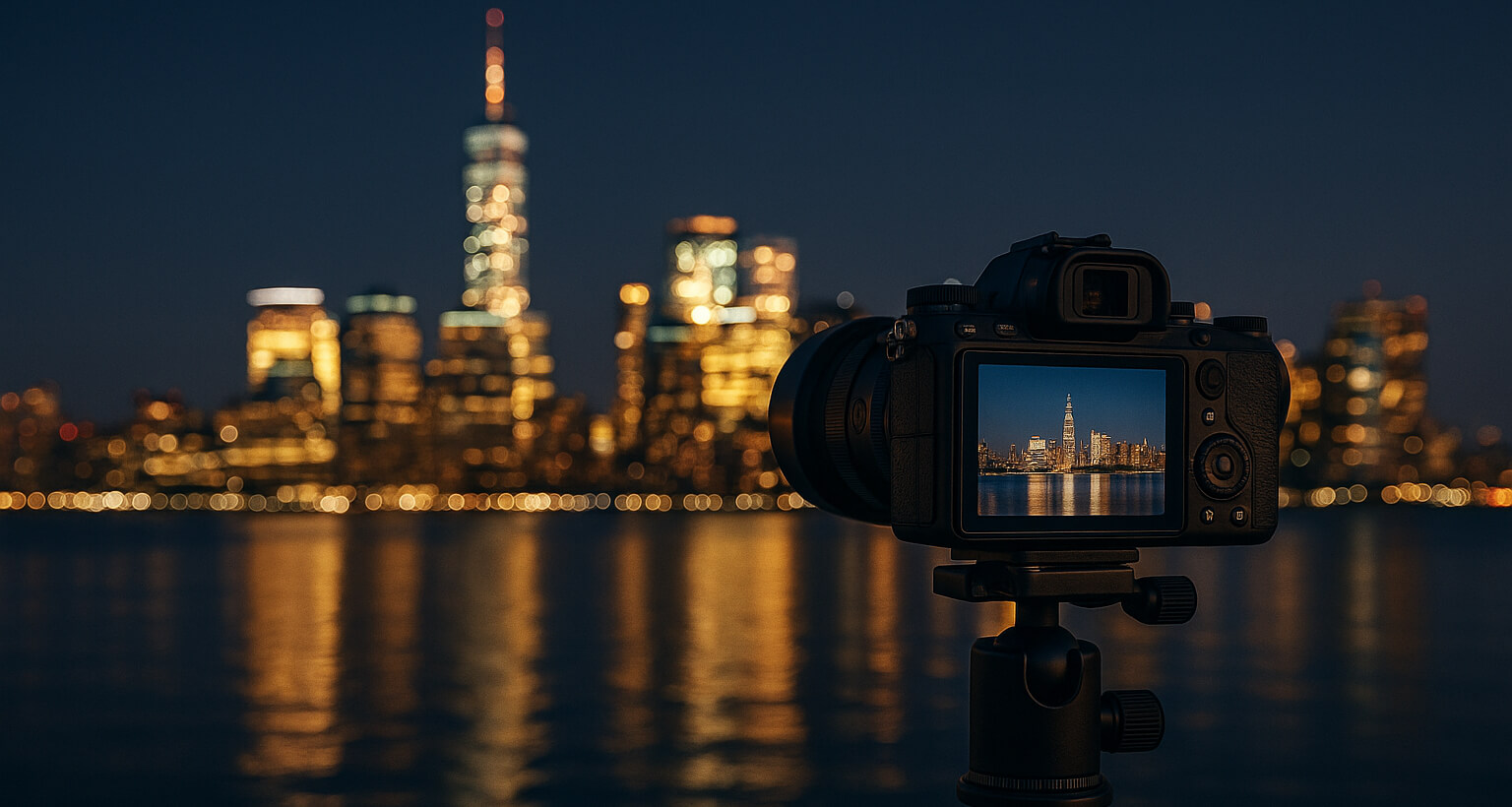Best Low-Light Camera: Illuminate the Night with Precision
Low-light photography has evolved significantly, thanks to advancements in sensor technology, image processors, and stabilization systems. Whether you're capturing nightscapes, dimly lit events, or creative light trails, having the right camera is crucial. This guide delves into the top cameras of 2025 designed for exceptional low-light performance, along with essential tools, editing tips, and avenues to monetize your photography.
What to Look for in a Low-Light Camera
A great low-light camera excels in several key areas:
- Sensor Size: Larger sensors (Full-frame or APS-C) gather more light, enhancing image quality in dim conditions.
- Low-Light Autofocus: Advanced autofocus systems ensure sharp focus even in challenging lighting.
- High ISO Performance: The ability to shoot at higher ISO settings with minimal noise is essential.
- In-Body Image Stabilization (IBIS): Reduces blur during handheld shooting, especially in low-light scenarios.
- Fast Lenses Support: Compatibility with lenses that have wide apertures (f/1.4, f/2.0) allows more light to reach the sensor.
- RAW Image Capture: Provides greater flexibility in post-processing, preserving details in shadows and highlights.
For a deeper understanding of image formats, refer to our RAW vs JPEG guide.
Top Low-Light Cameras of 2025
1. Sony Alpha a7 IV
- Sensor: 33MP full-frame BSI CMOS sensor.
- ISO Range: Native ISO 100–51,200 (expandable to 50–204,800).
- Stabilization: 5-axis IBIS for up to 5.5 stops of shake reduction.
- Performance: Exceptional dynamic range and high ISO noise control.
- Ideal For: Professionals seeking versatility in both photo and video.
The Sony A7 IV stands out for its impressive balance between resolution, low-light performance, and video capabilities, making it a top choice for hybrid shooters.
2. Nikon Z8
- Sensor: 45.7MP full-frame stacked BSI CMOS sensor.
- ISO Range: Native ISO 64–25,600 (expandable to 32–102,400).
- Stabilization: 5-axis IBIS.
- Performance: Excellent high-ISO noise control and dynamic range.
- Ideal For: Landscape and astrophotographers requiring high resolution and low-light sensitivity.
The Nikon Z8 offers outstanding image quality and low-light performance, making it a formidable choice for detailed nightscapes.
3. Canon EOS R8
- Sensor: 24.2MP full-frame CMOS sensor.
- ISO Range: 100–102,400 (expandable to 50–204,800).
- Autofocus: Dual Pixel CMOS AF II with -6.5 EV sensitivity.
- Performance: Excellent high ISO noise control and white balance accuracy.
- Ideal For: Enthusiasts and semi-professionals seeking a lightweight, budget-friendly option.
The Canon EOS R8 impresses with its low-light autofocus capabilities and affordability, making it an excellent choice for those entering full-frame photography.
4. Fujifilm X-H2S
- Sensor: 26.16MP APS-C X-Trans CMOS 5 HS sensor.
- ISO Range: 160–12,800 (expandable to 80–51,200).
- Stabilization: 5-axis IBIS.
- Performance: Superior noise control and dynamic range for an APS-C sensor.
- Ideal For: Street and event photographers seeking portability without compromising on image quality.
The Fujifilm X-H2S combines fast shooting speeds with excellent low-light performance, making it a versatile tool for dynamic shooting environments.
5. Panasonic Lumix S5 II
- Sensor: 24.2MP full-frame CMOS sensor with dual native ISO.
- ISO Range: Native ISO 100–51,200 (expandable to 50–204,800).
- Stabilization: 5-axis IBIS.
- Performance: Impressive low-light video and stills performance.
- Ideal For: Videographers and hybrid shooters requiring robust video features.
The Panasonic Lumix S5 II excels in both video and stills, offering excellent low-light performance and versatility for content creators.

Tips for Shooting in the Dark
To maximize your low-light shooting capabilities:
Turn Your Night Shots Into Income
Your low-light photography can be monetized through various avenues:
Final Thoughts
Investing in the right low-light camera opens a world of creative possibilities—from cinematic night shots to star trails and glowing cityscapes. With the tools and resources above, you'll be well on your way to mastering photography in the dark.

